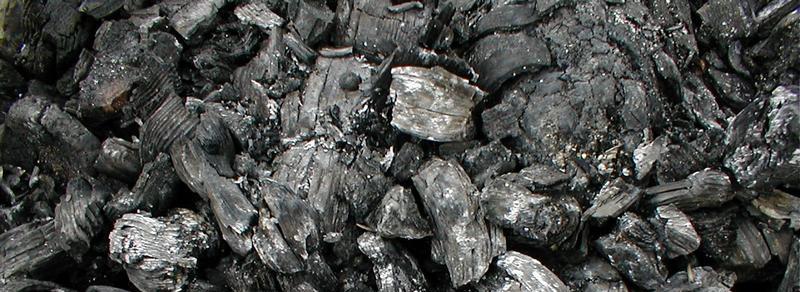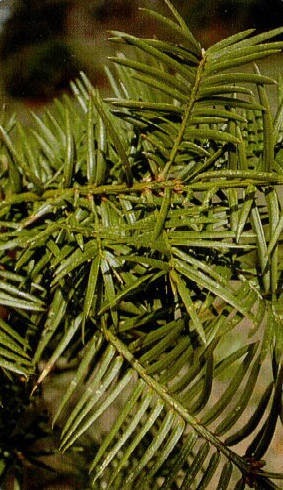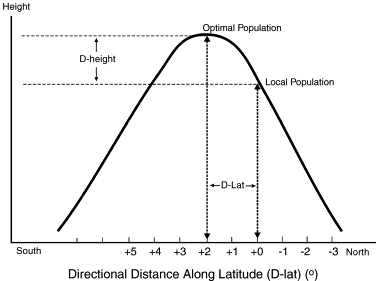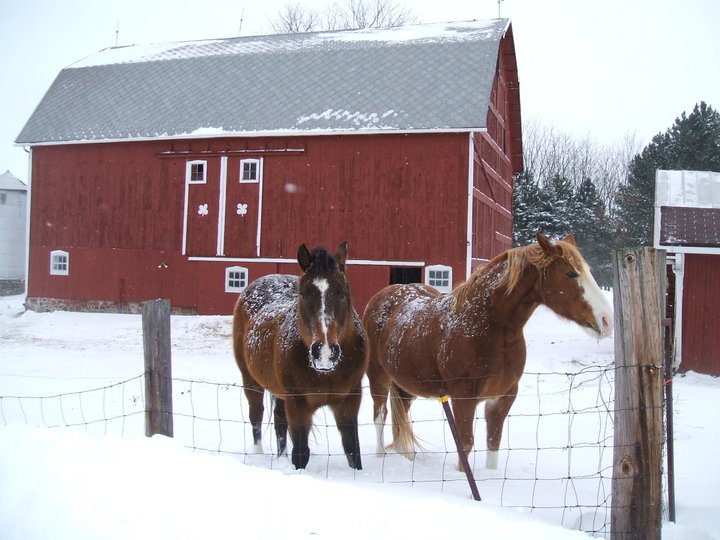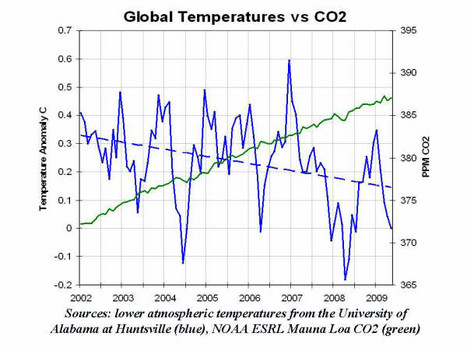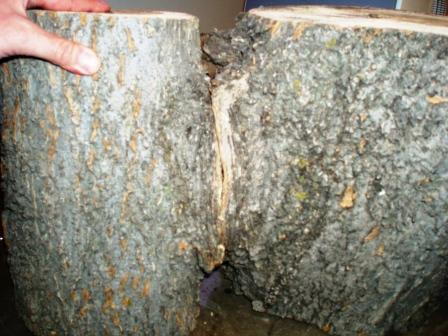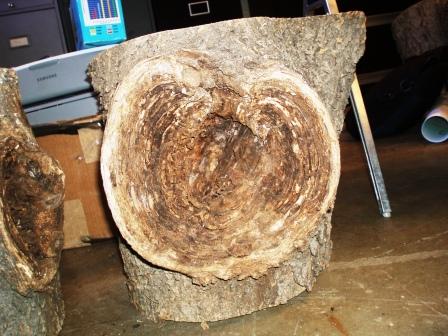This past week we received an interesting e-mail about something called “sudden death syndrome” which we were asked to blog about. Here’s the article we were sent. We don’t always take requests, but we thought that this was an interesting one, so we decided to write a little post about it. Sudden death syndrome is basically a fungal disease which affects the roots of soybeans. Recently there has been some press out there about how Round-up ready soybeans are particularly susceptible to this disease and that the spraying of roundup itself can lead to favorable environments for it.
This is a particularly attractive disease for a number of groups because it provides fuel to their fire. The anti-biotech group likes it because it makes Round-up ready crops look bad, the anti-pesticide group likes it because it makes pesticides look bad, the anti-Big Ag group likes it because it makes Monsanto look even more evil than usual. So, in short, lots of happily indignant people.
So is it true? Is using Round-up and Round-up Ready Soybeans a sure way to condemn ourselves to a soyless future? On a side note this is something I really care about – I am a chronic soy sauce user. If something is good without soy sauce it then it is going to be even better with it. Well, I spend most of Monday and Tuesday looking through scientific articles and here, in a nutshell, is what I came up with:
Sudden death Syndrome is certainly real, and it can devastate a field. It was around before Round-up and it will be here after Round-up is gone. The biggest factor in whether it will be a bad year for SDS is the weather. So what about the Round-up connection? This is something that has been looked at by researchers, and here’s what they find. In terms of the fungus responding well to Round-up – some studies show that it does – most that it doesn’t. Round-up Ready varieties of soybean may be resistant or non-resistant to SDS and, of course, the non-resistant varieties won’t fare as well as the resistant varieties if SDS is present (it seems possible that this is where the whole hullabaloo started — a field full of Round-up Ready soy but which wasn’t resistant to SDS contracted the disease while nearby non-Round-up Ready soy which did happen to be resistant to SDS did fine.)
Now there are some studies, mostly in test-tubes and greenhouses, which show that Round-up could make SDS worse, but in the field, where it actually matters, there just aren’t that many studies which show a correlation between using Round-up Ready soybeans and SDS — and more studies that show that there isn’t a correlation. What it all comes down to is that there is a possible relationship between Roundup and SDS, but, despite a lot of research (both government and industry dollars flow easily to agronomic crops), this link isn’t crystal clear and may not exist at all.
